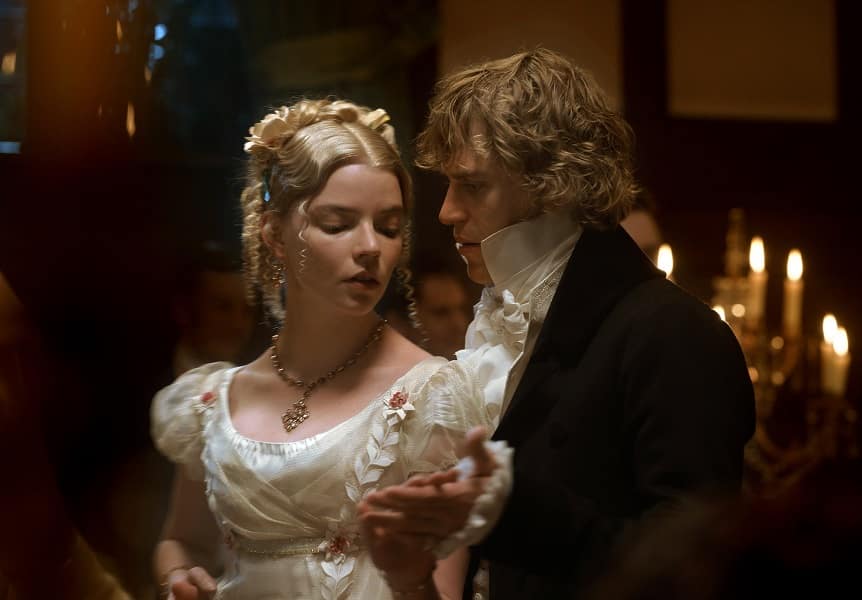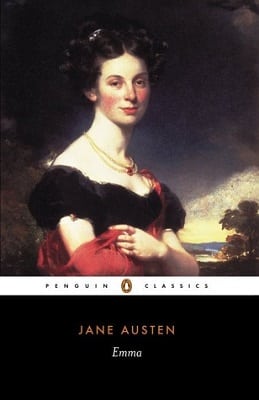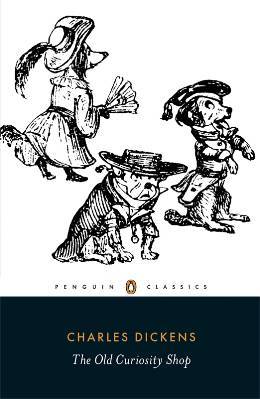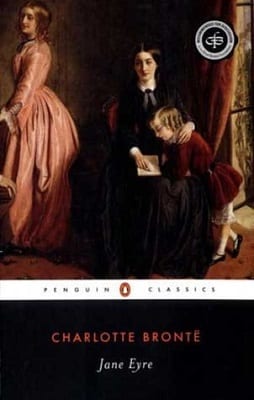Dec. 31, 2020

Feature
Classic Mystery Novels
Three classic novels you might not think of as mysteries
Heather Barnett
No one can resist a mystery; readers love a twist. No surprise then that the thriller and suspense genre is so popular, spanning a vast array of related categories and subgenres from cozy mystery to crime fiction; spy thrillers to psychological suspense.
This type of fiction has become hugely popular in recent years, but it has a long heritage. Decades before Agatha Christie first gathered her suspects together in a country house, Victorian novelist Wilkie Collins had created one of the first recognizable ‘whodunnits’ in his book The Moonstone. Sergeant Cuff, the insightful detective who solves a baffling diamond theft, was the forerunner of later, far more famous, fictional sleuths.
Many of our greatest novelists have understood the power of suspense to draw a reader in. The three classic novels I’ve picked out below wouldn’t be filed under ‘mystery fiction’ in your local bookshop, but each relies on beautifully crafted intrigues.

Jane Austen’s Emma
Jane Austen is widely regarded as one of the greatest novelists of all time – if not the greatest. And if anyone says any different, send them my way. Utter the words ‘Jane Austen’ to readers unfamiliar with her work and they will probably picture bonnets and heaving bosoms. What probably won’t spring to mind are red herrings, misdirection and suspense. Yet in Emma, we are presented with all of the above (yes, the bonnets and heaving bosoms too). If you’ve not read it, I won’t spoil your pleasure by giving away the twist. All I will say, is that as readers we come to suspect that there is something fishy about the handsome young Frank Churchill, due to Austen’s carefully dropped breadcrumb trail of clues. But when the trail ends we find ourselves standing on a cliff edge, with what we thought was solid ground crumbling beneath us and the truth bursting out like the sun from behind a cloud. Such is Austen’s skill, you realize afterwards that all the clues were there, but her sleight of hand sent you looking in the wrong direction.
Austen is known for her astute understanding of human nature, her wry depictions of family life and her exploration of the delicate politics of relationships. But with the evidence of Emma before us, she should be equally admired for her expert plotting, pace and the killer twist. (Spoiler alert, no one actually gets killed.)

Charles Dickens’ The Old Curiosity Shop
The term ‘page-turner’ could have been invented for Dickens’ work. Having published stories in periodicals, including his own Household Words, he is master of the cliffhanger. He regularly left readers gasping for the next instalment; and today his novels still tempt us on to ‘just one more chapter’.
The Old Curiosity Shop envelops us in mystery before we’ve even taken it off the shelf. The title conjures up hidden treasures, dark corners, secrets. Within the first few paragraphs the narrator encounters a little girl, Nell, and we share his perplexity as to why she is out at night in a strange part of London, alone. Our curiosity is further aroused when we discover that her sole guardian – her grandfather – disappears every night, leaving her asleep, watched over only by the dusty curios in the shop. Where does he go, and why? No sooner is one mystery solved in this novel than another presents itself. We stumble forward from puzzle to puzzle, the author leading us on, holding out the promise of a solution like a candle at the end of a long, dark corridor.
Dickens paints on a vast canvas with intricate detail but never loses sight of what his readers want: drama, pace, cliffhangers, and a satisfying resolution.

Charlotte Brontë ’s Jane Eyre
Jane Eyre deals with weighty themes: poverty, injustice and the position of women in Brontë’s world for starters. But it’s also steeped in mystery of the gothic kind the Victorians did so well, with undertones of earlier popular spine-chillers such as The Mysteries of Udolpho and The Monk.
Poor Jane is propelled from an unhappy home, to an unhappy life at boarding school, to what, in spite of its forbidding appearance, looks like a sanctuary: Thornfield Hall. The Hall is an appropriate home for the enigmatic Edward Rochester, but it also conceals one of the most enduring images in fiction: the woman in the attic. Who is she? Why is she locked away? What dangers does she represent – or is she herself threatened with? In creating her, Brontë conjured up a mystery that every new reader of Jane Eyre is desperate to solve.
Each of these three books is far more than the mystery at its core. They are considered classics for numerous reasons, including the beauty of the prose, the timelessness of the central themes and the memorable characters. These qualities might be admirable, but they won’t keep us on the edge of our seat. Austen, Dickens and Brontë all understood the power of anticipation and how to keep a reader gripped. Page turners will never go out of fashion, which is one reason these three novels will continue to delight for generations to come.
About The Author
Heather Barnett gained a degree in English and French from the University of Leeds and has written ever since: from copywriting to stand-up comedy and sketches. She is now focusing on writing novels. Heather’s influences span Jane Austen and Douglas Adams at one end of the alphabet through to PG Wodehouse at the other.
Heather is head of marketing at an agency near Oxford and lives by the river Kennet in Berkshire, UK.
Her debut novel, Acts of Kindness, is an uplifting mystery about the power of human kindness. It will be published 11th March, 2021 and is available to pre-order from Amazon US and Amazon UK.
Follow Heather on twitter or her website.

More Mystery Features
Classic Whodunits
The Golden Age of Mystery Fiction
Whodunnit Mysteries
The spine-tingling genre that keeps readers on the edge of their seats
Mysteries of the 1970s
A Golden Era for Mysteries
